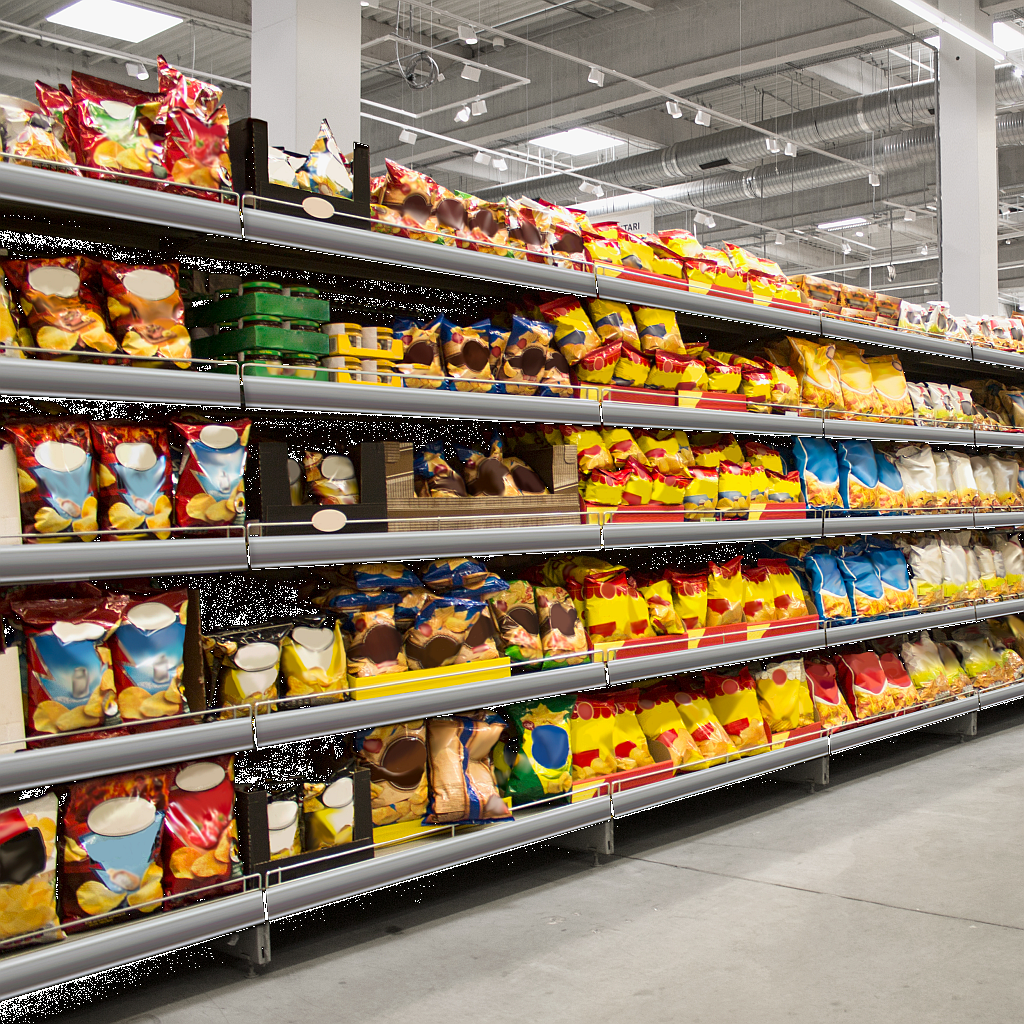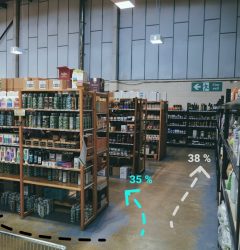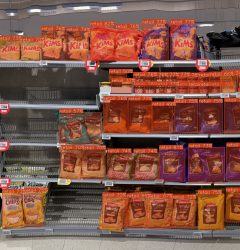16 Aug

Optimizing Aisles: The Data-Driven Approach to Grocery Space Management
In an age where consumer expectations are continuously on the rise, standing out in the competitive world of grocery retail is no small feat. With shoppers demanding more convenience, better product selections, and a more enjoyable in-store experience, grocery retailers are tasked with perfecting a myriad of details every single day. However, in this modern era, they are not navigating these challenges blindly. They have at their disposal a groundbreaking tool—retail space management analytics. This innovative approach is the compass that guides retailers through the complex landscape of store layouts, product placements, and customer engagement. It utilizes cutting-edge technology to translate data into actionable insights, empowering grocery stores to optimize every square foot of their space for maximum profitability and customer satisfaction. In this post, we delve into how retail space management analytics, coupled with advanced shelf image recognition technologies, is revolutionizing grocery stores and setting the stage for a new era of retail success.
Why Space Matters: The Role of Retail Space Management
Every inch of a grocery store, from the entrance and aisle layouts to end-cap displays and checkout counters, plays a pivotal role in influencing a customer’s shopping journey. Retail space management focuses on making the most of these spaces, ensuring that products are strategically placed to attract and retain customer attention, and making sure the store layout facilitates a smooth shopping flow. Enter retail space management analytics: the use of data-driven insights to enhance the physical store layout. It goes beyond intuition or traditional floor planning, tapping into actual shopper behavior and preferences.
The Analytics Advantage
Retail space management analytics provides grocery store managers with a suite of benefits:
Product Placement Optimization: By understanding which products shoppers frequently buy together or which items are the most popular, managers can place these products in prime locations. For instance, if analytics reveal that a new organic cereal is trending, it might be moved to an eye-level shelf or paired with popular dairy alternatives.
Traffic Flow Analysis: Analytics can reveal how customers typically navigate the store. Understanding these paths can guide store layout adjustments to prevent congestion and ensure high-traffic areas are maximized for sales.
Shelf Space Allocation: Not all products need equal shelf space. By analyzing sales data and product popularity, stores can allocate space more efficiently, ensuring top-selling products never run out while reducing space for slow-movers.
Promotion and Display Effectiveness: By studying the impact of in-store promotions or special displays on sales and traffic flow, managers can make data-driven decisions about where and when to run their promotions.
Seasonal Adjustments: Different times of the year call for different products. Space management analytics can guide stores on how best to adjust layouts for holiday seasons, local events, or sales, ensuring relevant products are prominently displayed.
One of the most transformative innovations in retail analytics has been the advent of shelf image recognition technologies. These sophisticated systems use artificial intelligence and computer vision to automatically scan and analyze shelf images, providing immediate feedback on product placement, shelf stock levels, and promotional display compliance. As grocery stores strive for impeccable space management, shelf image recognition has rapidly become an indispensable tool.
How Does Shelf Image Recognition Work?
The essence of shelf image recognition lies in its ability to capture and process vast amounts of visual data. Using cameras placed strategically within the store, or even through handheld devices used by staff, these technologies take continuous images of shelves. These images are then analyzed using algorithms trained to identify specific products, their positions, and their quantities.
Benefits to Retail Space Management:
Real-time Stock Monitoring: One of the primary advantages is the ability to monitor stock levels in real-time. Gone are the days of manually checking each product. With shelf image recognition, stores can be immediately alerted when a product is running low or out of stock, ensuring that popular products are always available and reducing the chances of lost sales.
Optimal Product Placement: The data obtained from shelf scans allows retailers to understand which products are attracting more attention and which ones are often overlooked. Using this information, retailers can strategically place products to maximize visibility and sales.
Promotion and Display Compliance: Brands often pay a premium for specific promotional placements within a store. Shelf image recognition ensures that promotional displays are set up as intended and remain compliant throughout the promotional period. This not only guarantees that brands get what they pay for but also ensures that promotional strategies are effectively executed.
Improved Pricing Accuracy: Price mismatches can be detrimental to both sales and customer trust. Shelf image recognition can cross-reference displayed products with their appropriate price tags, alerting store managers to any discrepancies and ensuring that customers are never wrongly charged.
Efficient Planogram Implementation: Planograms, the visual representations of a store’s product layout, are vital for retail space management. Shelf image recognition technologies help in ensuring that these planograms are adhered to accurately, and any deviations can be swiftly identified and rectified.
The Future of Retail Space Management
Shelf image recognition, coupled with retail space management analytics, is setting grocery stores on a path of unparalleled efficiency and customer satisfaction. As the technology continues to evolve, so too will its ability to offer deeper insights, further refining the retail experience and ensuring that every inch of store space is used to its utmost potential. With advancements in technology, the scope of retail space management analytics is ever-evolving. Tools like heat maps, powered by sensors and cameras, can visually represent high and low traffic areas. Integration with inventory management systems can ensure that stock levels are optimized according to space analytics, preventing overstocks or stockouts. Moreover, as AI and machine learning become more integrated into retail systems, predictions about shopper behaviors and preferences will become even more accurate, allowing for even more precise space management.
Conclusion
In the ever-evolving landscape of grocery retail, it’s clear that the fusion of data-driven insights and technological advancements will set the pace for future success. From leveraging retail space management analytics to harnessing the power of shelf image recognition, grocery stores now have the tools to ensure that every decision, large or small, is informed and purposeful. These innovations are not just about optimizing store layouts or maximizing sales; they’re about enhancing the overall shopping experience, building trust with consumers, and foreseeing market trends. As grocery retailers continue to embrace these tools, they’re not only charting a course for their own success but also shaping the future of shopping for us all. Embracing the analytics and technologies at our fingertips today is the key to unlocking the immense potential of tomorrow’s grocery landscape.
Related Post
Tags
Keywords
Tags
Resources
© 2020-2024 Link Retail. All rights reserved.










